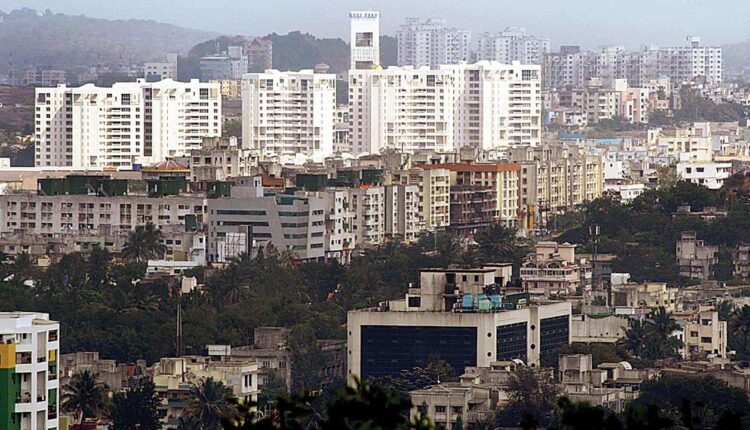S Somanath, chairman, Indian Space Research Organisation (ISRO), Wednesday said that the Indian astronomy community must grab the emerging opportunities in space sciences and focus working on niche and relevant areas.
ISRO has organised a two-day conference from Wednesday to mark the completion of seven years of AstroSat, India’s first multi-wavelength space-based observatory.
“There are exciting possibilities in space astronomy beyond AstroSat. These emerging opportunities in space science must be maximally used by the country’s scientific community. I look forward to working with the scientific community to work on futuristic and niche astronomy missions, which are front-ranking and have relevance to both the astronomy communities in India and abroad,” said Somanath, in a pre-recorded video message.
In its seven years of service of observing the closest to the farther galaxies located around 9.3 billion light years, AstroSat has generated data which has resulted in at least one research publication per week taking it to a total of 277 research papers in the past seven years. As many as 20, including two international students, submitted their doctoral thesis using AstroSat data during these years.
AstroSat has a growing research user base of over 3,000. The Indian community of users, numbering over 2,000, covers all states and UTs except Manipur and Arunachal Pradesh and highest users coming from Karnataka and Maharashtra. There are researchers from 54 countries, led by maximum users from the US (214), Italy (80), Canada (74), Germany (62) and China (50), who are using AstroSat, thus suggesting the high demand of the ongoing mission.
Alongside ISRO, the Inter University Centre for Astronomy and Astrophysics (IUCAA), Pune, Raman Research Institute (RRI) and Indian Institute of Astrophysics (IIA) in Bengaluru, Tata Institute of Fundamental Research (TIFR) and Physical Research Laboratory (PRL), Ahmedabad, had together built the AstroSat which was launched in September 2015.
The ISRO officials highlighted that all onboard instruments/payloads — the Ultra Violet Imaging Telescope (UVIT), Large Area X-Ray Proportional Counters (LAXPC), Soft X-Ray Telescope (SXT), Cadmium Zinc Telluride Imager (CZTI), Scanning Sky Monitor (SSM) and Charged Particle Monitor (CPM) — continue to operate to their full capacity.
“The UVIT has shown no degradation in its calibration. Our capabilities from building UVIT are now being extended and used for building instruments for the upcoming Aditya L1 mission of ISRO,” said Professor Annapurni Subramaniam, director, IIA. UVIT was jointly built by scientists from IIA, IUCAA and the Canadian Space Agency (CSA).
In the process of participating in such missions, Indian scientists also have the possibility to create human resources by involving students at various stages of such missions, noted Somanath.
Speaking on the occasion, chairman of ISRO’s Apex Science Board and former ISRO chief, A S Kiran Kumar, said, “India is building its own space-based capabilities across domains. Even though the making of AstroSat was very difficult and tedious for ISRO, it is pleasant to see such wonderful scientific results.”
John Hutchings from the CSA said due to the large number of onboard instruments carrying out simultaneous observations, operating the AstroSat was a complex affair.
Hutchings said, “With my experience in operating the Hubble Space Telescope (HST), I realise that operating AstroSat is far more complicated.”
” … AstroSat is a very impressive mission and holds promise for the future. It has been doing amazing science and there is much more to come,” the Canadian astronomer said.
Presently, the preliminary works of considering a second generation of AstroSat, proposals for which are under review, the ISRO officials shared on the occasion.


